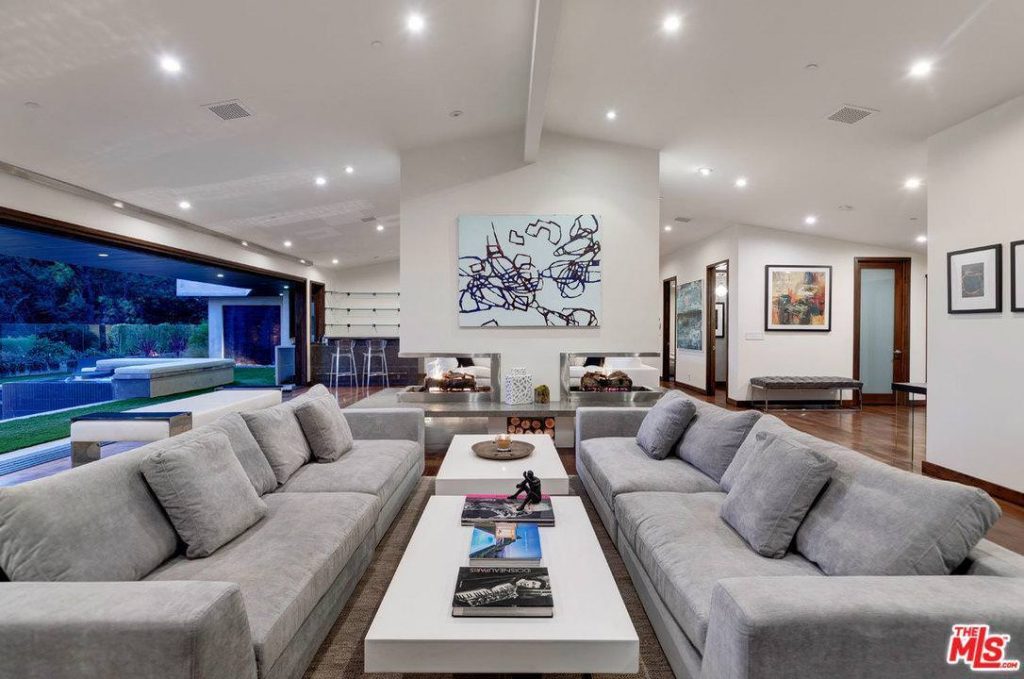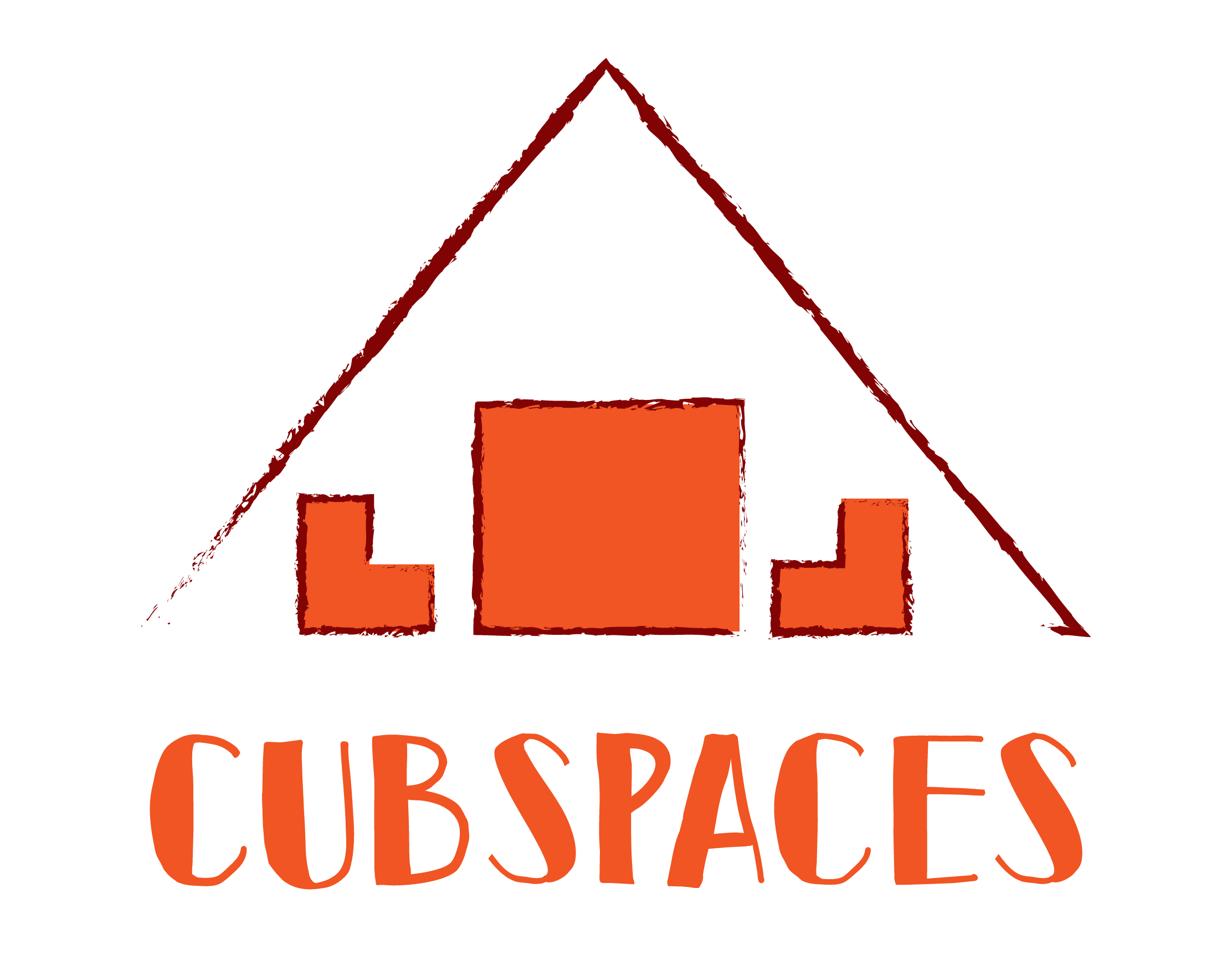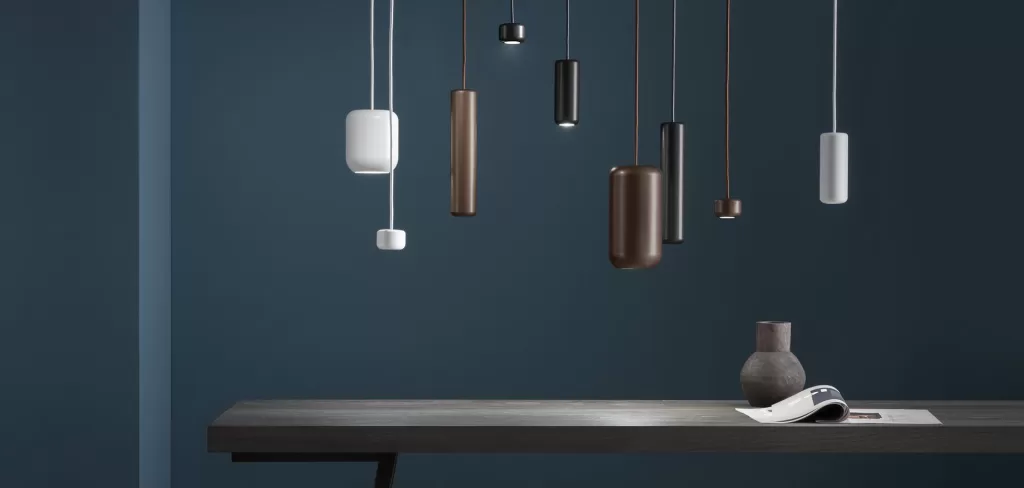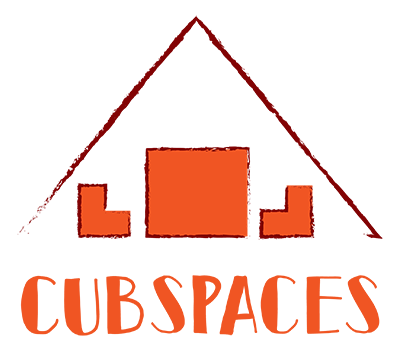The plethora of lighting option can honest-to-God confuse even a designer. The types, styles, colours, hues, purpose, position are a few questions we might need to keep in mind while choosing what lights to use in a house.
And searching for the ‘best LED light bulbs for home’ or ‘Best light bulb for living room’ gives us nothing but more choice, albeit trimmed down.
Choosing lights for a house is not as much a science as it is an art. It is important to choose lights based on what we want to highlight in a house and the kind of mood we want to set.
Fundamentally, for the simple Indian homes, there are two possible light colours to consider – White and Yellow. White mimics daylight and yellow is mood lighting.
Broadly, that’s it. That’s all you need.
But deep diving into the subject that is home lighting, there is a lot more we need to know.
Lets start at the top of this iceberg and figure out why lighting is important.
“To see! Duh!?” You say. (We assume) and you would be right!
Light serves a broader purpose that increasing visibility. It
- Alters Moods
- Creates Focal Points
- Enhances Design Elements
- Improves Functionality
- Makes a room look large, or small, or cold, or cozy and inviting (Add your choice of adjectives!)
- Creates Designs
Yes, the last one is a little obscure but very true. Especially in commercial spaces, light fixtures and the direction is used as a major element of design that adds to the room without actually adding anything!
There are three major types of lighting accessories:
AMBIENT LIGHTING
The general illumination that you achieve using the standard recessed lights and chandeliers is ambient lighting. This helps you illuminate the entire space in a room for safety. The light from a few sources usually bounces off the walls and helps to illuminate the area. While choosing what fixtures to use there is always a question if you’re designing your house on your own. Different sources will give you different information. On average,

Source: Houzz 
Source: JessicaPaster 
Source: MuralWallpaper
TASK LIGHTING
When you have lights that solve a specific purpose, say for example, to read at night, or to walk at night, or to illuminate under the cabinets in the kitchen, or to focus on the desk to help you accomplish a task are all forms of task lighting. Table lamps, bed side lamps, night lights, foot lights, under cabinet lights in kitchens, lights in wardrobes are all good examples.

Source: LouieLighting 
Source: Visi 
Source: The Creativity Exchange
ACCENT LIGHTING
When layered with general lighting it can create a very inviting environment. Accent lights add flair to any space, they may accentuate certain design objects and elements, add a soft wash of light in the room, or even be a design element in itself.

Source: Couchstyle 
Source: Casa Abril 
Source: Tabi Labo
These are the major types of lighting options, which when paired with beautiful fixtures bring in a moment of wonder.
Lighting fixtures are the hardware that we use which we usually place on the floor, the wall, or hang from the ceiling.
In the ceiling light department, you have pendants, chandeliers, spot, cove, COB, recessed, flushed and more.
The standard practice for general illumination is to use flush mounted LED lights that create a soft light in the room. This is in keeping with the trends of today. They lights are usually white and are mounted onto the false ceiling with clips that secure them in place creating the illusion of an almost uniform surface when they are switched off. These can also be mounted under cabinets to illuminate the shadows.
Pendant lamps are used to add a design accent into a room in addition to being a light source.
Floor lamps, wall sconces and table lamps, are accent and task lighting that add that pizzazz in the room.
Check out the gallery below to see samples of how you can play with light!

Source: Dwell 
Source: Architecture Art Designs 
Source: Decoist 
Source: houseandgarden 
Source: Contemporist 
Source: Mixandchic 
Source: Architecture Art Designs 
Source: Homestratosphere 
Source: Ad Magazine
Miloni Mehta
CUBS Editorial Team






Hello!